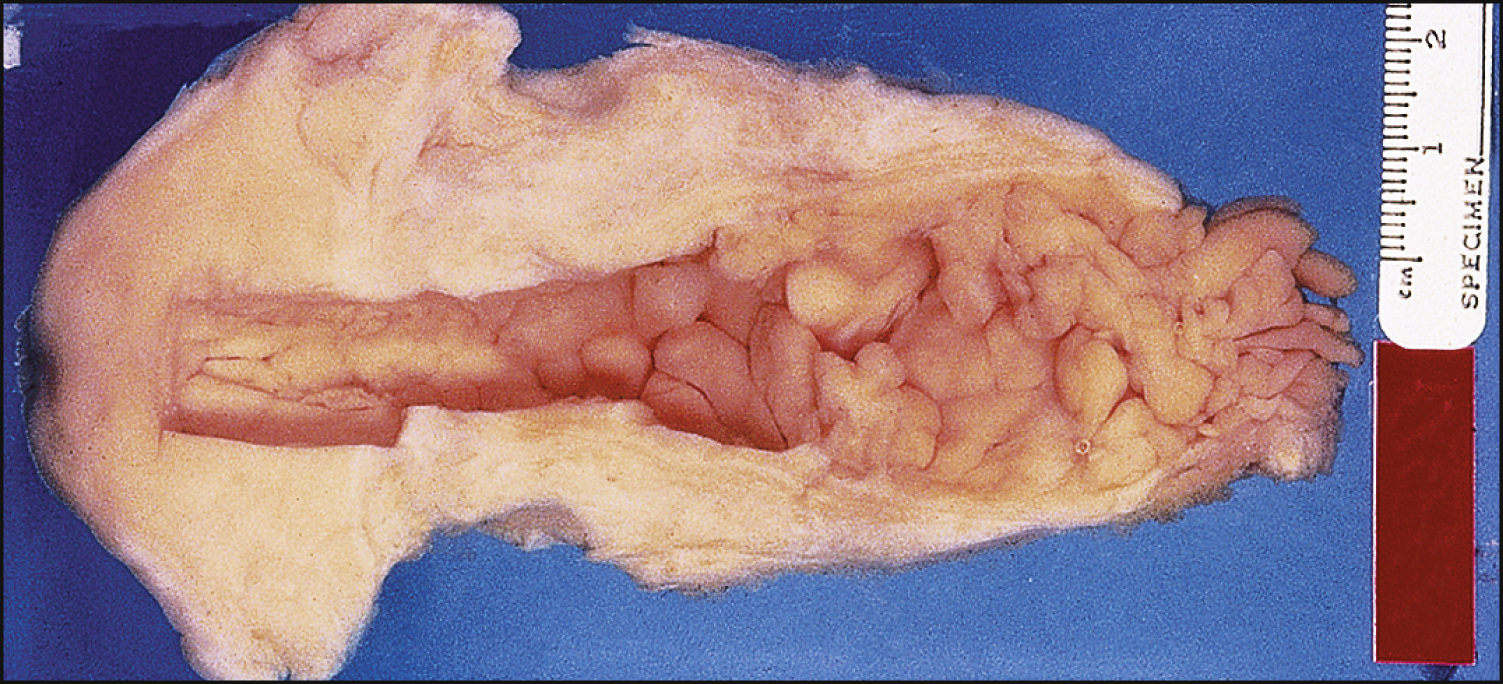rhabdomyosarcoma /rab′dōmī′ō·särkō″mə/ pl. rhabdomyosarcomas, rhabdomyosarcomata [Gk, rhabdos + mys, muscle, sarx, flesh, oma] , a highly malignant tumor derived from primitive striated muscle cells that occurs most frequently in the head and neck and is also found in the genitourinary tract, extremities, body wall, and retroperitoneum. In some cases the onset is associated with trauma. Also called rhabdomyoblastoma, rhabdosarcoma. ▪ OBSERVATIONS: The initial symptoms depend on the site of tumor development and indicate local tissue or organ destruction, such as dysphagia, vaginal bleeding, hematuria, or obstructed flow of urine. Diagnostic measures may include barium x-ray studies, angiography, or tomography. Embryonal rhabdomyosarcoma occurs in the head, neck, or trunk of young children; alveolar rhabdomyosarcoma is usually seen in the extremities of adolescents; and the pleomorphic form is most common in the legs of adults. ▪ INTERVENTIONS: Treatment for rhabdomyosarcoma depends on the site and the presence of metastasis. Surgical excision is rarely possible because the tumor is poorly encapsulated and tends to spread. Amputation of an affected limb or extremity may be curative. Radiotherapy and chemotherapy with combinations of medications increase the rate of survival. ▪ PATIENT CARE CONSIDERATIONS: An interdisciplinary approach to meeting the individual needs of patients and caregivers is important. Immediately after diagnosis, during treatment, and in recovery, patients receive care from health care professionals who specialize in exercise, stress management, nutrition, and activities of daily living. Support groups can also assist the family and patient to deal with the disease.


